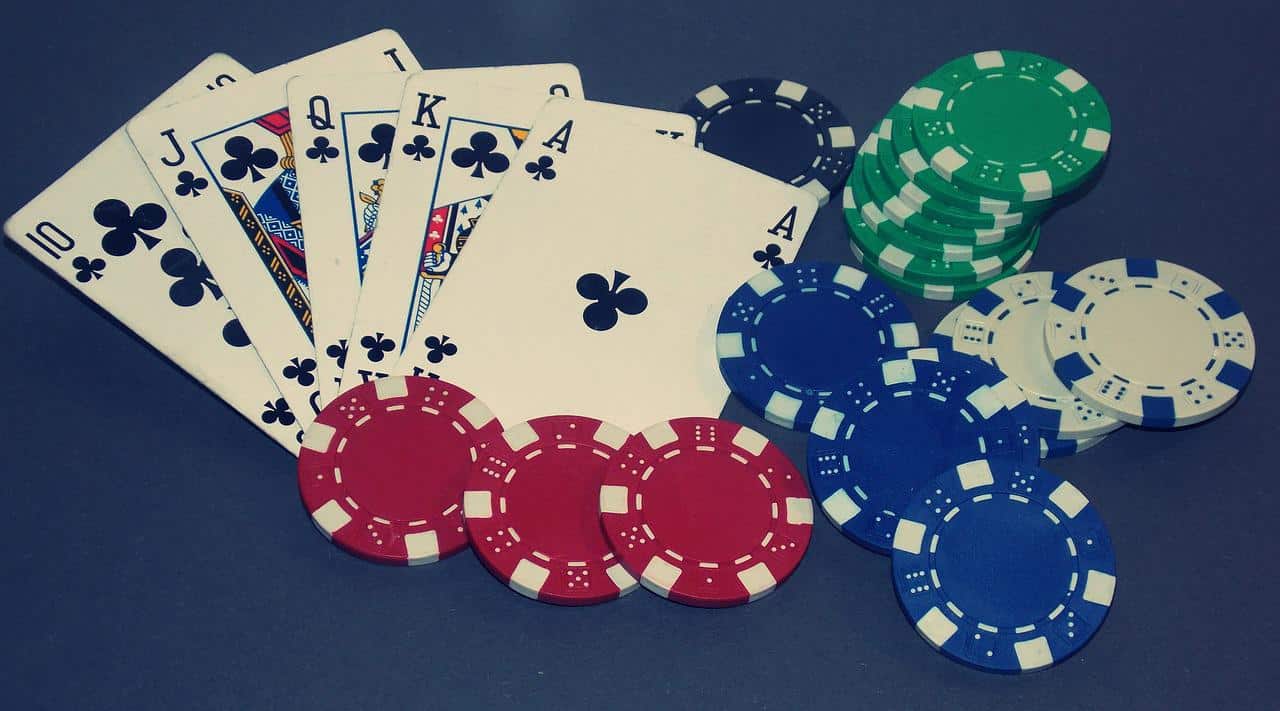Televised poker has had a large role in shaping how players approach live and online cash games. Many concepts now seen in everyday games come directly from what players watch on poker broadcasts.
More Viewers, Softer Games
The poker boom from the early 2000s brought millions of viewers to televised events like the World Series of Poker. These broadcasts helped bring in a wave of recreational players. As a result, poker games became softer in both online and live formats. Professionals quickly learned to identify and exploit these weaker opponents.
These newer players brought fresh energy to the game but also a different approach to strategy. Many were unfamiliar with core fundamentals, making it easier for seasoned pros to leverage basic concepts like position, bet sizing, and hand reading.
Raising the Bar with Data and Tools
Poker shows also pushed better strategies into the spotlight. Players began using analytic tools and training programs to improve. Today, data tools like SharkScope are standard for many serious players. They rely on data to identify patterns, refine strategies, and make game-time decisions based on math rather than feel.
At the same time, many online poker rooms started using personalization features powered by big data. These include custom promotions and statistical breakdowns that help players adjust and stay competitive in tough cash games.
Off-screen, training sites such as Upswing Poker and Run It Once became popular as players sought to emulate the decision-making they observed on TV. The connection between watching televised poker and studying theory became stronger over time.
Strategic Shifts from Televised Play
One clear trend influenced by TV poker is increased aggression. Players like Tom Dwan and Daniel Negreanu often emphasized aggressive lines. They would raise rather than call, bet big on turns and rivers, and take the initiative in hands.
For example, on shows like Poker After Dark, Dwan would often delay his aggression until later streets to avoid early mistakes. Then, he would apply maximum pressure once he determined a likely range for his opponent. This approach influenced many aspiring players to reconsider the timing and reason behind their bets.
Aggressive play became not only a style but a statement—projecting confidence, control, and momentum. Over time, aggression as a default strategy became common in both online and live cash environments.
Imitation and Overexposure at the Table
Regular appearances by players like Garrett Adelstein on streamed games have shaped how mid and small-stakes players think about aggression. Moves like triple-barrel bluffs and overbets are now more common among players who study high-profile hands in poker games like those shown on Hustler Casino Live or PokerGO.
However, copying what works for top players can backfire without the same level of awareness or hand-reading skill. Many players mimic what they see on screen without context. This leads to poor decisions and more volatile outcomes in local and online poker games.
This gap between what is seen and what is understood has made televised poker both a teacher and a trap. Without the ability to interpret ranges and adjust frequencies, imitation can quickly become expensive.
Player Reads and Mental Edges
Televised games also highlight the importance of evaluating mental state and table tendencies. Daniel Negreanu has mentioned that it’s important to watch for players who might be steaming or tightening up after a loss in cash games. Targeting a tilted opponent or adjusting against someone who’s getting too cautious can create profitable opportunities.
This ability to adapt goes beyond raw hand strength. Recognizing betting patterns, understanding ranges, and knowing when to bluff or back off became standard tactics thanks to televised analysis and commentary.
Many modern players now dedicate part of their study time to reviewing table dynamics and emotional trends—a concept rarely discussed before televised poker emphasized it.
Splashy Hands, Tighter Edges
Streamed high-stakes games regularly feature massive pots and big bluffs. Tom Goldstein mucked the winning hand face down during the 2024 Million Dollar Game on Hustler Casino Live, losing a pot worth $540,000. Mistakes like this show that pressure can lead to costly errors at the highest buy-ins.
These moments grab fans’ attention and show the value of focus and discipline. They remind regular players to focus on fundamentals rather than big plays seen online.
They also reinforce the difference between entertainment and profit. While splashy hands get likes and shares, tight edges and disciplined decisions build lasting bankrolls.
Influencers as Poker Models
Social media has added another layer to televised poker’s effect. Players like Alan Keating and Nik Airball have large online followings. Their play style gets attention but isn’t always grounded in strong fundamentals. Still, they shape how newer players think about action and value.
These influencers often become reference points. Right or wrong, what they do at the table starts to show up in how other players approach their games.
For better or worse, this visibility impacts the learning curve of aspiring grinders. Some find inspiration to learn; others fall into the trap of prioritizing showmanship over strategy.
Conclusion: Televised Poker’s Lasting Impact on Cash Game Strategy
Televised poker continues to shape how cash games are played—from live casino floors to virtual felt. Strategic trends such as increased aggression, range awareness, bluff frequency, and data usage have all evolved faster thanks to exposure on TV and streaming platforms. Poker shows, while sometimes entertainment-driven, have played a huge part in turning casual fans into serious students of the game. However, not all televised behavior should be imitated. Flashy moves, advanced plays, and big bluffs are often executed by elite players with years of experience. Without the right context, these moves can become costly mistakes for the average grinder. To benefit from televised poker, players should focus on its deeper lessons—like table awareness, opponent psychology, and bankroll preservation—rather than just the highlights. With smart analysis and restraint, what you watch can meaningfully improve how you play.



